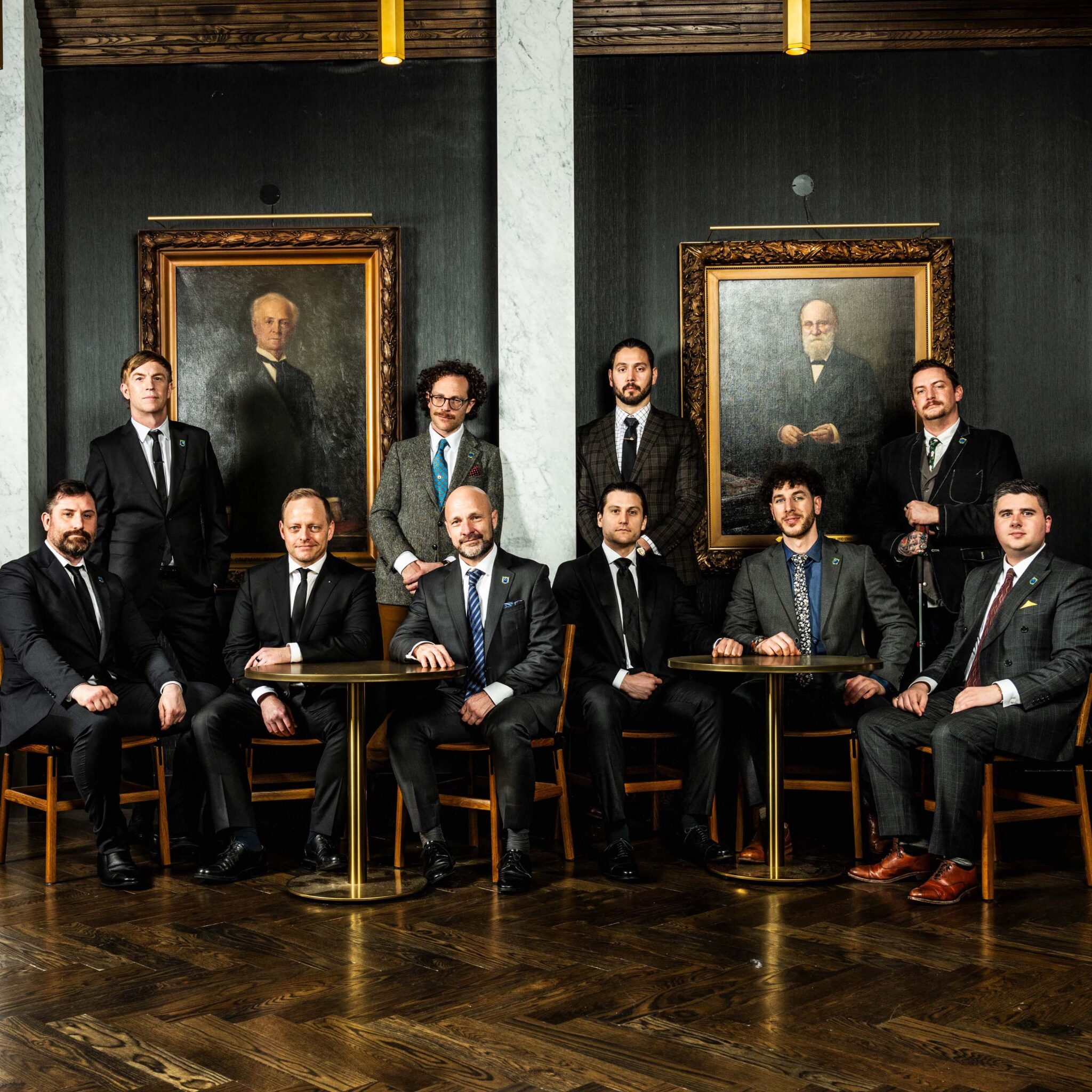
A Grand Lodge Archives Project Marks a Masonic Paper Trail
The archived papers of California’s Masonic leaders yield important historical insight into the growth and development of the fraternity.
By Laura Benys
For more about the Masonic Homes of California, visit masonichome.org.
If your loved one needs help with certain day-to-day activities, assisted living may be right for them. But how do you know if it’s time to switch from in-home care to an assisted living community? Here are some helpful pointers.
Assisted living is for older adults who need help with certain day-to-day tasks (known as “activities of daily living”), but who can still manage some activities on their own. This level of care is provided in a residential setting like the Masonic Homes of California or Acacia Creek, which offers senior-friendly housing and the peace of mind that comes from knowing someone’s there to help if needed. Here, residents receive more support than they would in a senior independent living community, but less than they would in a skilled-nursing facility. For example, assisted living communities usually offer:
To see if this level of care could be right for your loved one, talk to their doctor or a geriatric specialist.
In general, if your loved one needs help with daily tasks or has safety concerns like a tendency to wander, their doctor may recommend a full-time senior memory care or assisted living facility.
The Masonic Homes of California offers three level of care to best fit your loved one’s current situation.
For example, the Pavilion at the Masonic Homes in Union City provides:
Typically, assisted living is provided in a residential facility, where seniors live in their own rooms or apartments. In addition to 24/7 security and nursing services, these facilities usually offer a range of convenient services, such as:
For many residents, these communities also provide social connection, an important aspect of healthy aging.
The cost of assisted living facilities can vary greatly, depending on the exact level of services required and the location of the facility. The most recent survey from the National Council on Aging put the average cost in California at more than $5,000 per month, as of 2021. (In San Francisco, it was $6,319.) That doesn’t necessarily take into account one-time entrance fees. For seniors who need round-the-clock supervision and care, assisted living residences still usually pencil out to being less than the cost of 24/7 in-home care. Remember, though, that costs can vary widely based on location, amenities, your loved one’s needs, and whether they’re eligible for Medicaid.
Yes, some assisted living communities also offer memory care. So if you or your loved one needs support for Alzheimer’s or another form of dementia, make inquiring about memory care one of your first objectives. The Masonic Homes of California offers both assisted living and memory care services.
Check out online tools like caring.com. If you’re in California, visit the Masonic Homes to learn about the range of assisted living and memory care services offered there.
Photograph by:
iStock

The archived papers of California’s Masonic leaders yield important historical insight into the growth and development of the fraternity.

At Oakland No. 61, two historic East Bay groups dating from the 1800s are teaming up to form a new kind of Masonic lodge.

At Logos No. 861 in San Francisco, handmade, lovingly crafted material culture is part of the very fabric of the lodge.